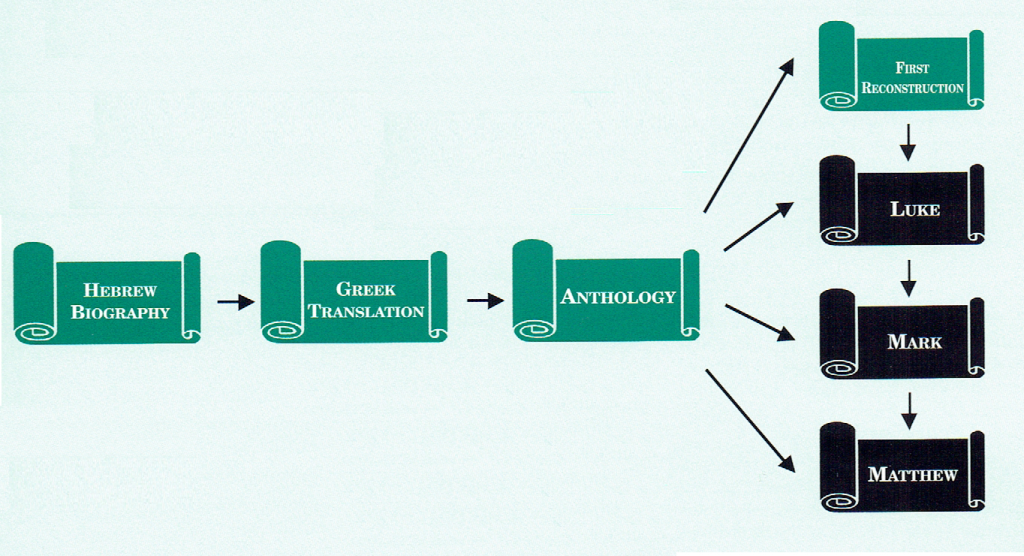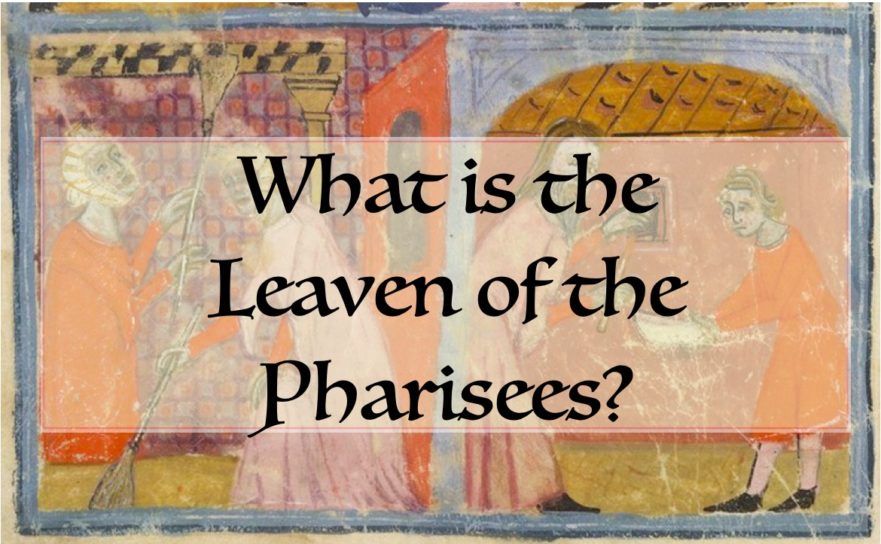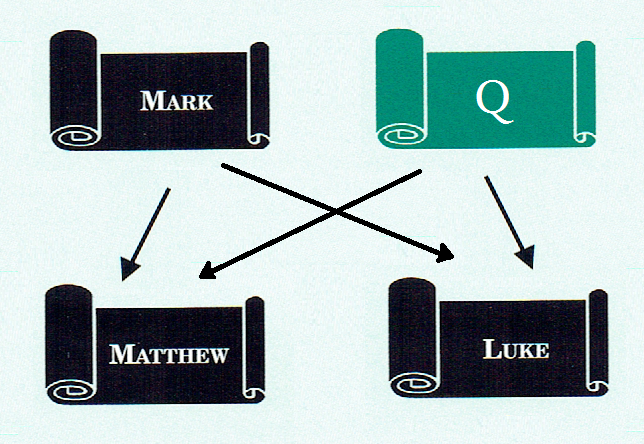How to cite this article: JP Staff Writer, “What Is the Leaven of the Pharisees?” Jerusalem Perspective (2023) [https://www.jerusalemperspective.com/26391/].
| Rather listen instead? |
| JP members can click the link below for an audio version of this essay.[*] Paid Content If you do not have a paid subscription, please consider registering as a Premium Member starting at $10/month (paid monthly) or only $5/month (paid annually): Register One Time Purchase Rather Than Membership  |
The identity of the “leaven of the Pharisees”[1] provides us with an excellent example of the Synoptic Problem. Each of the Synoptic Gospels—Matthew, Mark and Luke—records a saying of Jesus in which he warns his disciples against the “leaven of the Pharisees,” but each Gospel identifies this leaven differently. Matthew identifies the leaven as “teaching” (Matt. 16:12). Mark does not explicitly state what the leaven is, but has Jesus chide his disciples for not understanding what he is referring to (Mark 8:17, 21). Luke identifies the leaven as “hypocrisy” (Luke 12:1).
The theory of Markan Priority can account for these different identifications in the following manner: using Mark as their source, the authors of Matthew and Luke each supplied identifications of the “leaven of the Pharisees,” which had been left unidentified in Mark. Because the authors of Matthew and Luke worked independently of one another, the two authors came up with different identifications. Matthew identified the leaven as teaching, whereas Luke identified the leaven as hypocrisy.
While the account supplied by the “Mark first” model seems simple and straightforward, it does not yield much insight into what the author of Mark wished to signify by the leaven of the Pharisees. Neither does it explain why, whereas in Luke Jesus gives a simple warning (Luke 12:1), in Mark and Matthew there is a comparatively lengthy exchange between Jesus and the disciples on the identity of the leaven (Mark 8:14-21; Matt. 16:5-12). Nor does it explain the strange agreements between the Lukan and Matthean versions of Jesus’ warning, which suggest that behind Luke and Matthew there lies a non-Markan source. We believe that a different synoptic model, namely that which Robert Lindsey championed, can yield greater insight into the “leaven of the Pharisees.” Lindsey believed that Mark was not the first of the Synoptic Gospels, but the man in the middle.[2] According to Lindsey, the author of Mark used Luke’s Gospel as a source, while the Gospel of Matthew relied upon Mark. But the author of Matthew also had access to one of Luke’s sources, which explains how Luke and Matthew could sometimes agree against Mark. Since we believe Lindsey’s hypothesis may hold the answers to the identity of the leaven of the Pharisees, it is his model that we will use as we pursue our investigation.

Paid Content
Premium Members and Friends of JP must be logged in to access this content: Login
If you do not have a paid subscription, please consider registering as a Premium Member starting at $10/month (paid monthly) or only $5/month (paid annually): Register
One Time Purchase Rather Than Membership
Rather than purchasing a membership subscription, you may purchase access to this single page for $1.99 USD. To purchase access we strongly encourage users to first register for a free account with JP (Register), which will make the process of accessing your purchase much simpler. Once you have registered you may login and purchase access to this page at this link:
Conclusion
Whether or not we have successfully recovered the original meaning of Jesus’ warning against the leaven of the Pharisees, the application of Lindsey’s hypothesis to this pericope has yielded fascinating results. We have discovered a common non-Markan source behind the versions of Jesus’ warning in Luke and Matthew. We have solved the riddle of Mark’s identification of the leaven. And we have caught a glimpse of the methods by which the authors of Luke, Mark and Matthew edited their sources and compiled their Gospels.

| [*] Music in the Audio JP files is excerpted from the Hebrew song Moshe written by Immanuel Zamir in a recording sung by Yaffa Yarkoni obtained from Wikimedia Commons. |
- [1] We prefer the translation “leaven” for ζύμη (zūmē) rather than “yeast” as in some modern translations because “yeast” is anachronistic. See the LOY Commentary to the Mustard Seed and Starter Dough parables (Comment to L31). ↩
- [2] For initial forays into Lindsey’s synoptic hypothesis, see his JP articles, “Unlocking the Synoptic Problem: Four Keys for Better Understanding Jesus” and “Introduction to A Hebrew Translation of the Gospel of Mark.” ↩
































































































